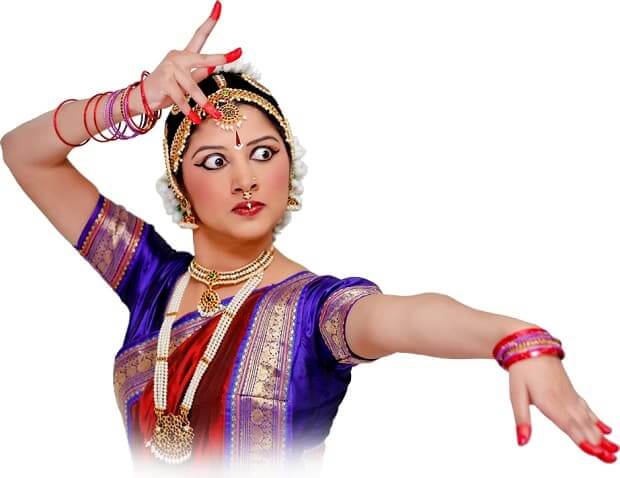A new trend is afoot in the classical dance scene, reports DEEPA GOPINATH

In many cases, a Bhrathanatyam Arangetram is the solo dance debut of a student of the classical dance discipline. However more and more, audiences are seeing group Arangetrams that allow two or more girls to debut together, thereby spreading between families the financial and organisational stresses that accompany a project of this magnitude.
Late October, Guru Neeta Sura of Nrityaniketan dance school in Sydney, presented five of her students in one such debut performance. Shilpa and Puja Kunte, Akshada Dhumal, Aditi Chaudhari and Shruti Jagadale were the students who completed this important milestone by presenting a full Bharathanatyam repertoire at the Science Theatre, UNSW.
The first half of the recital consisted of a fairly traditional set of items, with classic pieces that have been performed by generations of dancers. Ganesh Dheemahi (Raga: Keervani, Tala: Adi) was a vibrant invocation piece which paid homage to Lord Ganesha and allowed the dancers to give the audience a taste of their ability to show abhinaya, or expressive dance. In the Shabdam, Akshada Dhumal was a standout as the coy Radha who is being teased by the mischevious Lord Krishna (Aditi Chaudhari). In contrast, the Alaripu and Jathiswaram as always were abstract dance compositions that are designed to allow a dancer to display technical finesse. Puja Kunte was especially impressive in the Alaripu, although all of the dancers displayed a delightful energy.
The Padams, or expressive pieces that followed the intermission were a further opportunity for the dancers to demonstrate this aspect of their talent. The enchanting Bho Shambho in Revathi raga and Adi Thala was a vibrant piece on Lord Shiva with intricate dance compositions. The release of the river Ganga from Shiva’s topknot involved some innovative and memorable choreography. Then followed two Goddess-centric pieces, Laxmi Stuti and Durga Padam, the feminine contrasts to the previous piece which were delicately presented. The Thillana, or finale was another classic musical composition in raga Parasu and thala Adi.
An aspect of the recital that stood out was the dance choreography by Guru Neeta Sura. Each piece was intricately composed, using the five dancers to create interesting formations that ensured that the attention of the audience was captured. To their credit, all five dancers executed the choreography flawlessly, weaving amongst each other in the complex arrangements.
The MC’s Shilpa Madiwale and Purnita Mane did an exceptional job, and their performance should set a precedence for future Arangetrams. Evidently dancers themselves, they spoke clearly as well as enacted the story of each piece so that the audience could grasp the concepts well.
The orchestra consisted of Laxmi Narendra, Bharath Mohan, Sivakumar Sethupathy and Nagraj Iyer, and they were fine accompaniments to the dancers and Neeta Sura.
Group Arangetrams have their own challenges, such as having to co-ordinate a number of dancers and their families, while ensuring each dancer has a chance to shine and demonstrate his/her talents. These challenges were overcome with finesse in this recital, and the dancers their families and the Guru should be proud of this achievement.
Bhrathanatyam Arangetram: Delightful energy

Reading Time: 2 minutes



